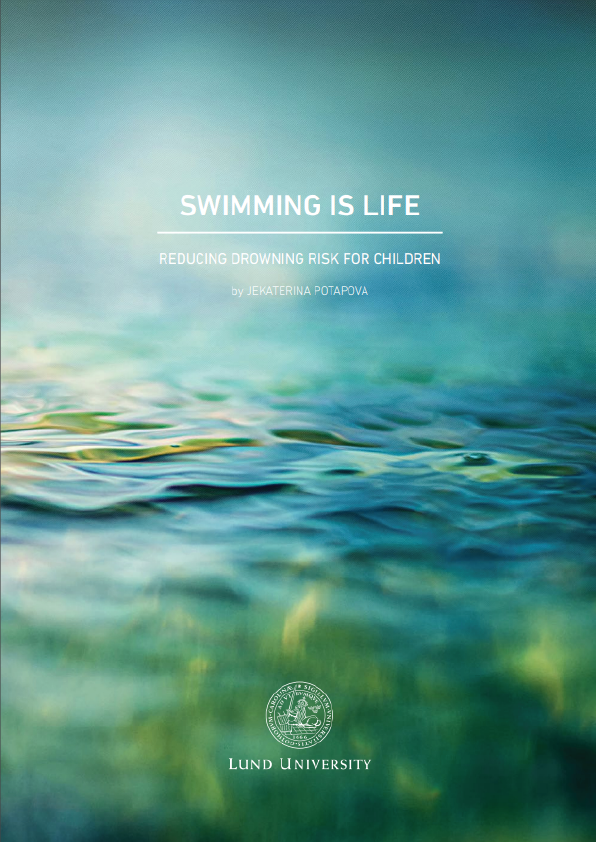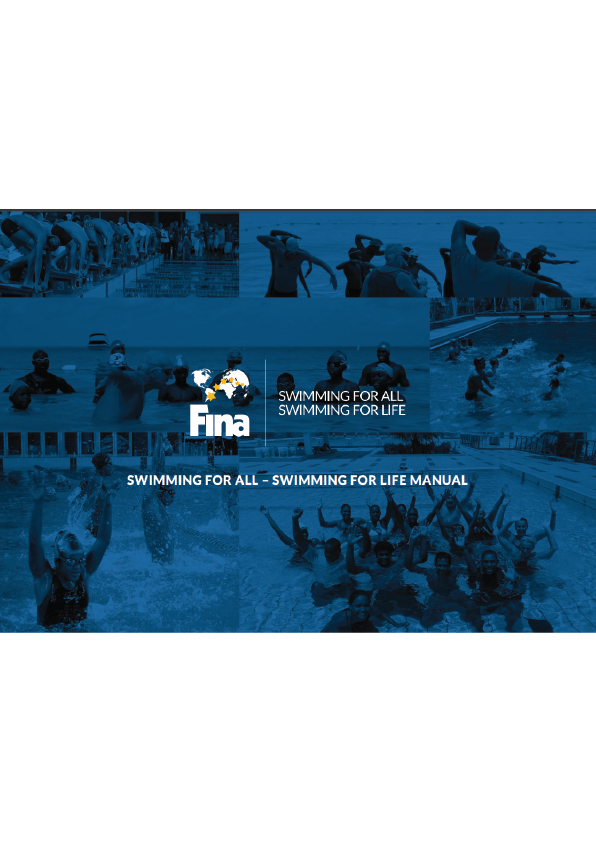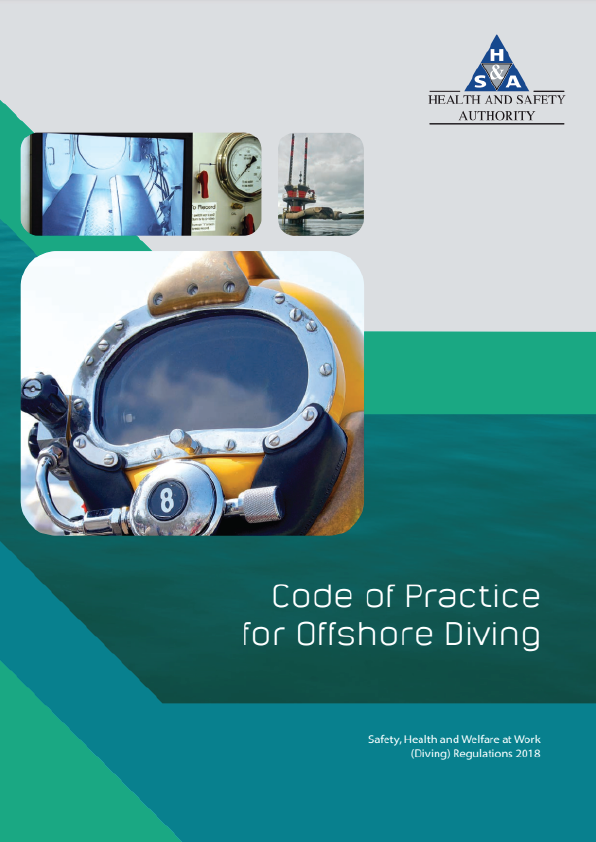UNINTENTIONAL DROWNING
THE CORE OF THE PROBLEM
Drowning is the second leading cause of unintentional injury and death for children ages of 1 to 14 years, and the fifth leading cause for people of all ages. Actually, the total number of death by drowning is much higher, but it also includes drowning deaths caused by flood disasters and water transport incidents. This, will though not be taken into account for this project.
PLACE and AGE
Based on the statistics, about half of all drownings occur in the natural water settings such as lakes, ponds, rivers, seas and oceans.
The risk of drowning in different places depends on age group: Infants (less than 1 y.o.) – in bathtubs; Children (1-5 y.o.) – in the residential swimming pools; Children (5-14 y.o.) – in the outdoor water settings.
Low- and middle-income countries have higher rates of child drowning accident, but still this problem exits all over the world.
CONSEQUENCES
According to the World Health Organization, “Drowning is the process of experiencing respiratory impairment from submersion/ immersion in liquid.” It is mainly related to the blockage of breathing and inhaling water instead of air
The possible outcomes of drowning are classified as death, morbidity (the development of disability or injury), and no morbidity. Other terms related to circumstances and consequences can be used to describe the drowning events (e.g.: wet vs. dry, primary vs. secondary, fatal vs. non-fatal, salt vs. fresh water drowning).
The prognosis for many drowning victims is poor. The brain does not tolerate well the lack of oxygen and the amount of potential damage depends on the time the patient spends hypoxemic in the water. Even if the brain survives, acute respiratory distress syndrome (ARDS) may cause significant short and long-term problems as the lungs try to recover from their injuries.
MAIN FACTORS and TIPS
The main factors that affect the drowning risks are lack of swimming ability (many adults and children report that they can’t swim), lack of barriers to prevent unsupervised water access, lack of close supervision while swimming, location, failure to wear life jackets and others.
The most common tips to help to stay safe in the water are: – Learn to swim. Teaching school-age children basic swimming, water safety and safe rescue skills. Formal swimming lessons can protect young children from drowning. However, the supervision is still necessary when children are in or around the water. – Designate a responsible adult who can swim and knows CPR (Cardiopulmonary Resuscitation) to watch swimmers in or around water. – Use the Buddy Systems and Lifeguards. – Heed warning flags. Know the meaning of and obey the warnings represented by coloured beach flags. – Know the terrain. Be aware of and avoid drop-offs and hidden obstacles in natural water sites. – Avoid the rip currents. Watch for dangerous waves and signs of rip currents. – Use life jackets when boating. Don’t use air-filled or foam toys instead of life jackets. These toys are not safety devices. – For a swimming pool at home it is useful to install four-sided fencing that completely separates the pool area from the house and the yard. Clear the pool from toys so that children will not be tempted to enter the pool area unsupervised. – Effective policies and legislation are also important for drowning prevention.
CONCLUSION
The risk of unintentional drowning for children is quite high. The lack of oxygen in the brain leads to various damages and s a consequence, drowning can still be quite dramatic even if it is not followed by death. For the younger children (0-5 y.o.) one of the main risk factors is a low level of careful supervision. For other children (5-14 y.o.) supervision also plays an important role, but there appear to be more factors such as undeveloped swimming and water safety skills etc., as the drowning occurs more often in the natural water settings. What child danger hides in the open water settings?
Why is the children’s swimming ability not well developed or is developing slowly? What contribution to this problem does swimming equipment have? What role does children’s behaviour and activities in the water or close to it play?
Do you want to explore more about the topic? Feel free to read the book above.











